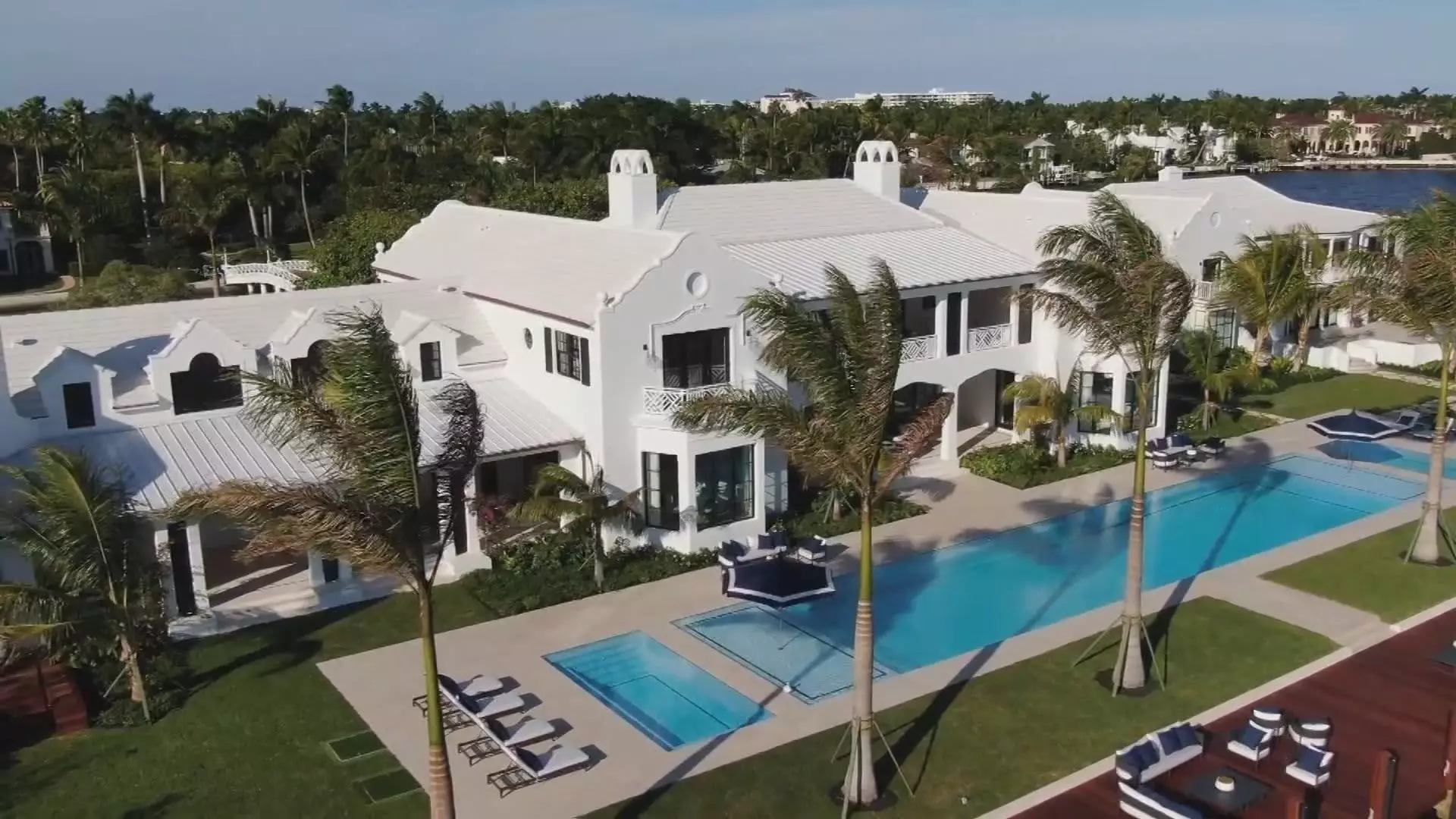The luxury real estate market has seen a significant surge in sales of ultra-luxury homes in top markets such as New York, Miami, and Palm Beach, Florida. According to a report from real estate firm Knight Frank, the number of homes that sold for $10 million or more in the second quarter increased by 44% in Palm Beach, 27% in Miami, and 16% in New York. New York led the U.S. in $10 million-plus sales, with 72 transactions, its highest total in two years. Miami followed with 55 sales, Los Angeles with 42, and Palm Beach with 36. Despite this growth, Los Angeles saw a 29% decline in $10 million-plus sales, mainly due to the new “mansion tax” that adds a 5.5% charge on homes sold for over $10 million.
The ultra-luxury real estate market witnessed mega deals in the second quarter, with notable transactions including the $150 million purchase of Palm Beach’s only private island by Australian infrastructure investor Michael Dorrell. Additionally, a historic 3.2-acre estate in Palm Beach sold for $148 million, and the penthouse of the Aman New York was sold for $135 million. Despite some slowing demand in top luxury markets from the peak in 2021, ultra-wealthy buyers are still willing to pay record prices for rare trophy properties. This trend has been attributed to rising financial markets, which have fueled substantial wealth creation supporting the growth of the global super-prime sales market.
While sales of $10 million-plus homes fell by 4% globally in the 11 top luxury markets tracked by Knight Frank, Dubai emerged as the world leader in ultra-luxury real estate with 85 sales in the second quarter. The city has experienced a remarkable rise, attracting ultra-rich buyers from Russia, China, Europe, and other regions due to its favorable tax and regulatory regimes. In the past 12 months, Dubai has seen 436 sales of $10 million-plus homes, a significant increase from only 23 sales in 2019. However, sales in the most recent quarter dipped slightly compared to last year and the first quarter.
London faced one of the largest declines in ultra-luxury real estate sales, with transactions of $10 million-plus homes plunging by 47% from the previous year. This decline has been attributed to concerns about higher taxes on the U.K. wealthy. While ultra-luxury buyers typically pay cash for their properties, falling interest rates worldwide are expected to support sales in the second half of the year. Knight Frank’s global head of research, Liam Bailey, remains optimistic about the market outlook, stating that lower interest rates are likely to boost transaction volumes into 2025.
The ultra-luxury real estate market continues to experience dynamic shifts in top markets worldwide. While some regions have seen a surge in sales and record prices, others have faced challenges due to economic uncertainties and regulatory changes. Amidst these fluctuations, ultra-wealthy buyers remain actively engaged in acquiring prestigious properties, driving the market forward with their high demand and willingness to invest in luxury real estate assets.

